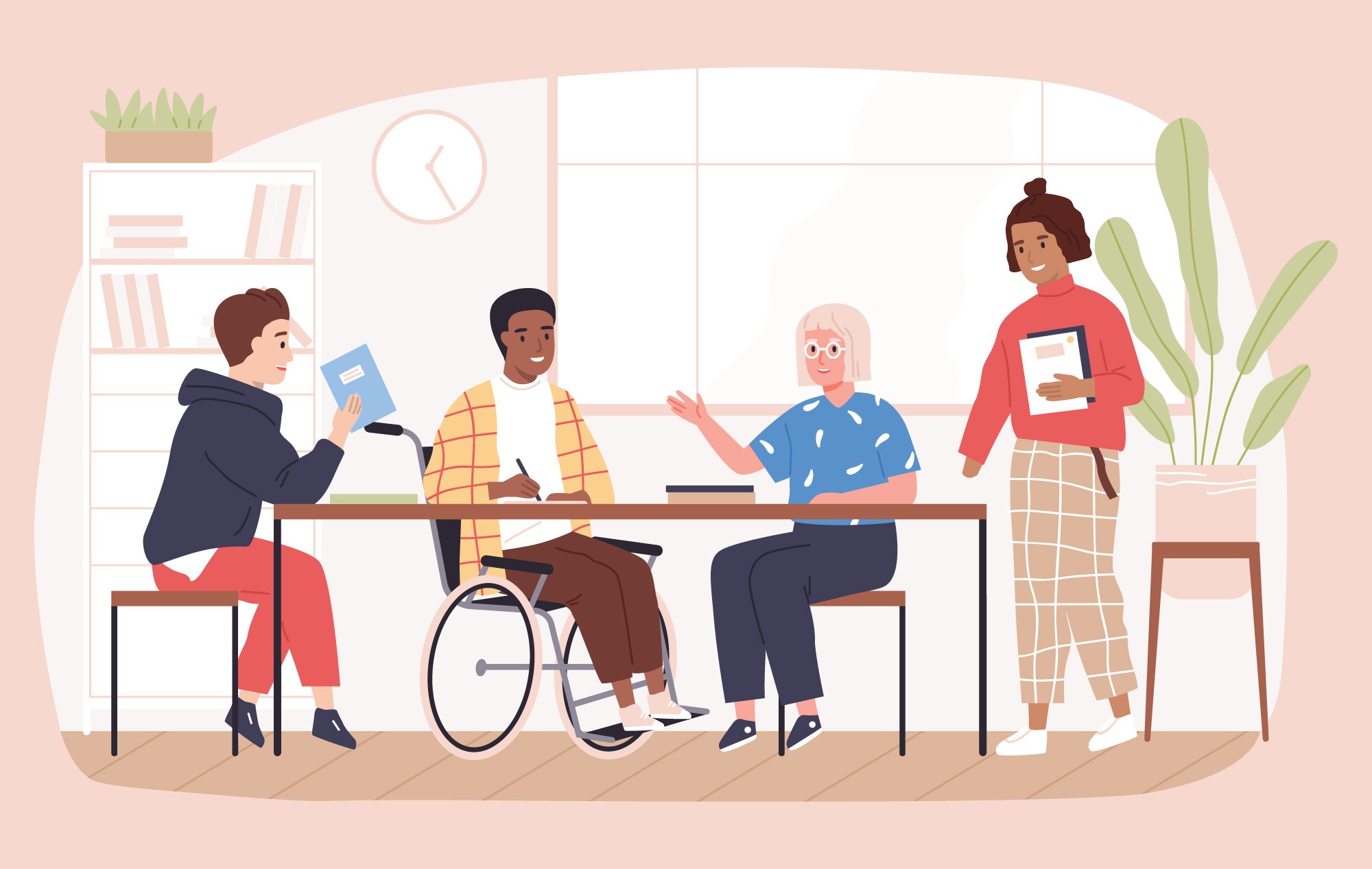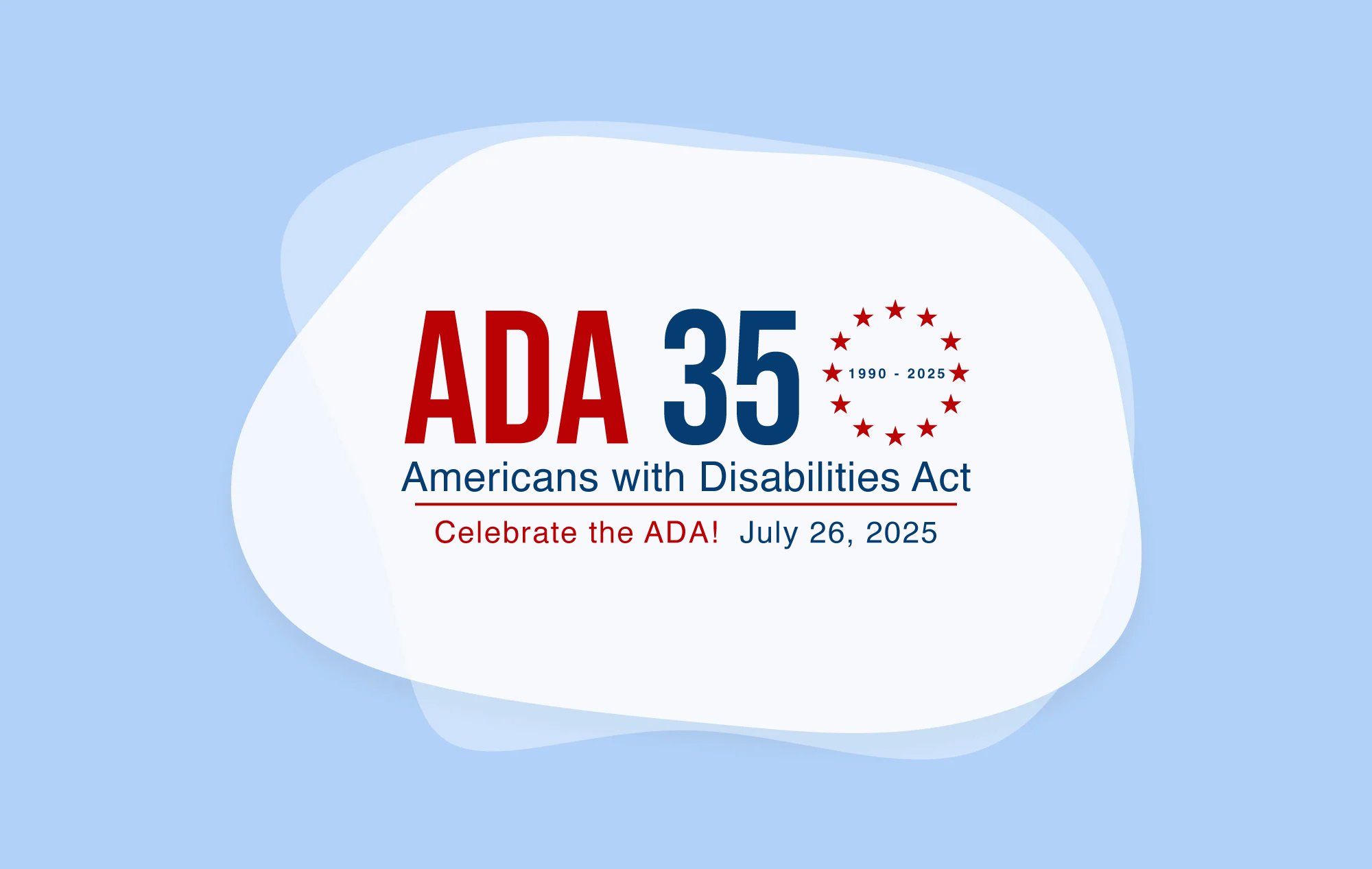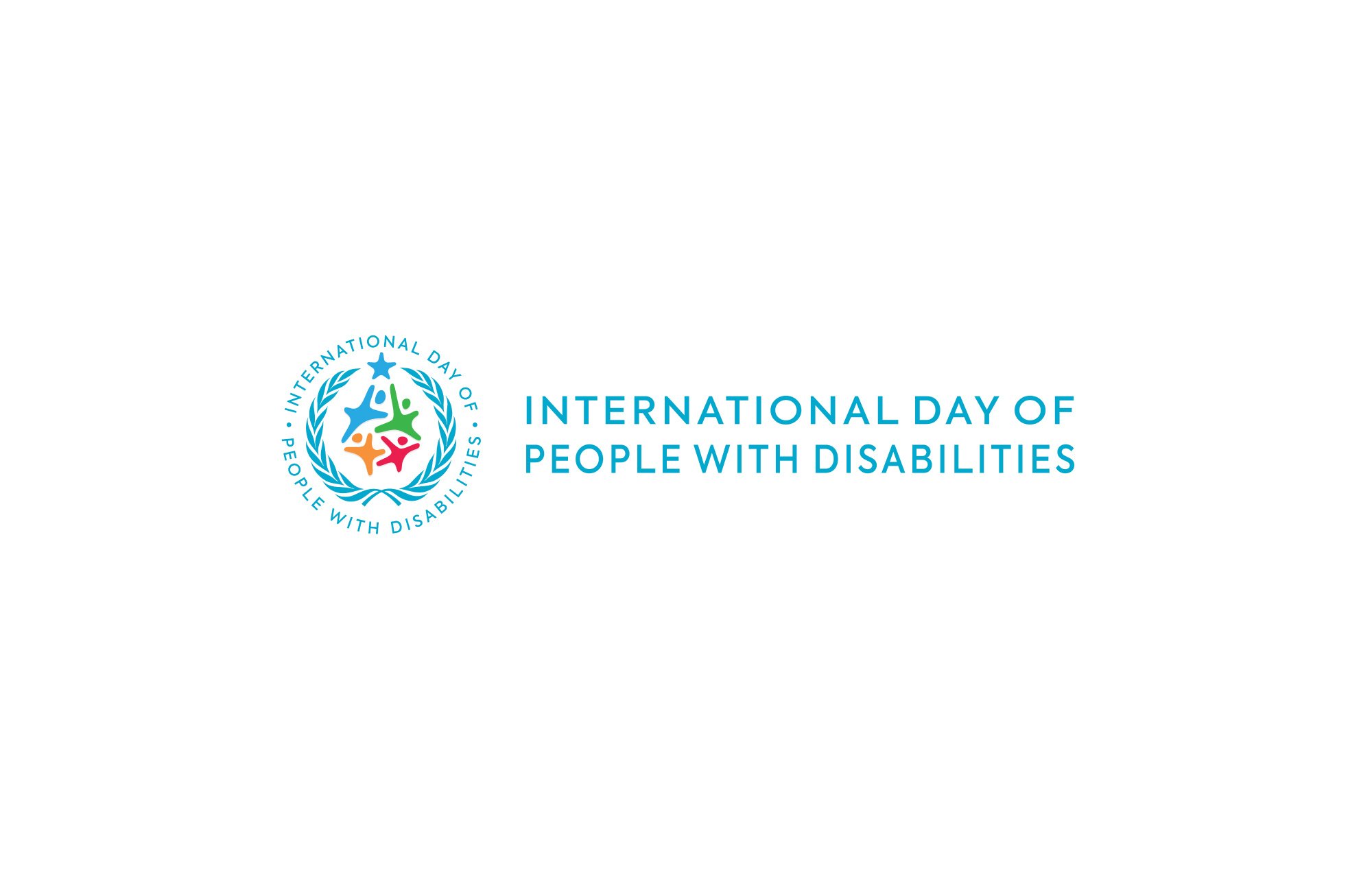We’ve experienced a monumental value shift among tech companies in the past decade, particularly in their newfound focus on social initiatives related to diversity, equity, inclusion, and accessibility (DEIA).
While Gen Z professionals entering the workforce expect these equality-minded attitudes and policies, many seasoned workers know firsthand what it’s been like advocating for these changes. They know what company cultures were like before.
And many of them continue championing these efforts in their respective organizations as many companies struggle to meet the high demands of justice and equality.
Founding the Offices of Equality & Accessibility
Gino Ramos is the Director of the Office of Equality programs for business resource groups at Salesforce, a cloud-based customer relationship management software company that’s become nearly synonymous with DEIA campaigns in the tech industry. Salesforce is one of the first tech titans to make DEIA values core to their products and company processes, in part due to their “shift left” mentality and equality initiatives.
Ramos has been at Salesforce since the early days of this transition. A 14-year veteran, he is one of the original co-founders of Outforce, an equality group at Salesforce consisting of LGBTQ+ employees and their allies. The group has been focused on fostering a culture of inclusion where employees feel they can bring their authentic selves to work.
These efforts have evolved through the years from a more informal work group to an official entity within the roughly 50,000-employee company, with the Office of Equality forming in 2017.
The Office of Equality also works in tandem with the more freshly minted Office of Accessibility. Launched in 2019, it grew out of similar grassroots efforts by Abilityforce, an employee resource group for professionals with disabilities and their allies.
While their goals are synergistic, it’s important for allies to keep in mind how diversity, equity, inclusion, and accessibility fit together, and where they differ.
Differences Between Diversity, Equity, Inclusion & Accessibility
“Diversity refers to the differences that we each have,” Ramos says. “It’s what makes us unique, how we can interplay with each other.”
For this DEIA veteran, equity is about identifying those specific differences, learning how they impact the way a professional experiences the workplace, looking for ways to “understand what those gaps are, and then seeing what we can do to close those gaps, to make sure that we get to better levels,” he explains.
Inclusion demands a bit more. While inclusion “accepts the fact that we may have differences, it’s about creating allyship,” he continues. “Inclusion and Allyship. I feel like they always go hand in hand. Even though the differences are there, and we might bash heads based on whatever our cultural differences may be.”
But, ultimately, the goal of inclusion is to create an increasing degree of allyship and understanding between the differences that people may have, and the challenges they respectively experience in the professional world. For Ramos, DEI is more focused on interpersonal interactions while he views accessibility as “more about making sure that the environment we're in, the processes and systems in place, are applicable for everybody in an equitable way, making sure that we're counting for as many people as possible.”
Accessibility aims to ensure all people can fully participate professionally and throughout society, especially concerning issues directly relevant to disabilities–an ethos captured by the refrain “nothing about us without us.”
“Some organizations might just have really exclusionary behaviors, systems, teams or processes that don't allow people in,” he says, “and we need to make sure we are recognizing those and seeing how they need to be addressed.”
The Relationship Between Accessibility & DEI
It’s not uncommon for proponents within the broader DEIA landscape to emphasize their area of expertise within the acronym, turning their specialty into a sort of hypernym, or superordinate term. And that’s the case for Ramos.
“In my mind, accessibility rolls up into the overarching umbrella of equality,” he says. “We're all fighting for equality, but accessibility is one component of it, not just for people with disabilities but accessibility as a whole.”
Regardless of which part of DEIA an employee chooses to champion, Ramos believes each effort must amplify the other. There must be connections toward similar goals.
“If they're specific equality efforts that are applicable, which they should always be, to be honest, with the office of accessibility, then there's an amplification on that, as well,” he further explains. The collaboration can come from grassroots work, but he reminds that it also has to “come from the top, as well, in order to unify efforts.”
That’s when real transformation happens.
4 Ways to Become a Better Ally
As employees dedicated to accessibility, diversity, equity, and inclusion work together to address persistent discrimination, stigmatization, and inaccessibility in both the workplace and marketplace, Ramos says Salesforce utilizes a straightforward framework for bringing about positive, meaningful change.
This kind of work is fundamentally relational, he argues, and Salesforce tries to foster the emotional intelligence and moral fortitude necessary to catalyze progress. Ramos simplifies these so-called “ally practices” into four actions: ask, listen, show up, and speak up, sequenced in increasing difficulty.
Ask
This refers to helping create an environment that allows people to ask questions without colleagues feeling like they’re going to be shut down, defamed, or judged harshly. Ramos believes professionals shouldn’t be afraid to inquire and teammates ought to be gracious when others ask questions that could have been worded better.
“In reality, when you are creating that environment knowing that 99.9% of people that are asking questions have positive intent, we want to be able to foster that,” he continues. “I know people today are scared of the ‘woke culture’ and feel like they might say something wrong. Give people the benefit of the doubt. If they don't know, it's okay. We just want to make sure that they learn and hopefully they're receptive to learning.”
Listen
This is where empathy is exercised and your ability to better understand teammates different from yourself strengthens.
“DEIA is all about hearts and minds and being able to reach people through exposure,” he explains.
Listening demands proximity, being around and learning from folks who come from experiences divergent from your own. Ramos encourages professionals to participate in settings beyond their social comfort zone. He believes being present with others and taking in their stories leads to change:
“How do you make sure that you’re taking the time to take a step back and put yourself in other people's shoes? Are you listening effectively to actually get that storytelling really bonded? It's all about people dynamics in this type of space.”
Show Up
The last two parts of this allyship model are clearly the more demanding because they’re the most active, Ramos observes. Showing up refers to the tangible time, energy, and resources you put into helping a specific person or marginalized community that might need your support.
It can be as small as offering moral support or as significant as participating in “a larger movement where the minority needs the majority to support them in a cause like a march or legislation being passed or voting,” he explains.
Speak Up
“This is the hardest one and I'm still trying to work on this,” Ramos admits.
Speaking up includes being a knowledgeable person who knows when to vocally advocate for others who are marginalized or excluded, but also to create the space for that person to speak up for themselves and their community.
Nonetheless, for those struggling to be better allies, he notes it’s okay to acknowledge: “Right now, I'm just trying to feel like I can ask questions. I'm not there yet to speaking up, but I'm getting there.”
Helping Your Organization Understand the Importance of DEIA
Whether you’re a lower-level employee or upper management, there are a few things you can do to implement more DEI and accessibility efforts in your organization.
“I think the first thing is to understand the environment you're in and determine who would be the stakeholders that can actually influence the change,” explains Ramos. “You have to get that buy-in from somebody at the top.” Ultimately, he believes you have to make a business case for DEIA. While senior leadership may already be sympathetic to your equality efforts, providing a strong argument for how it benefits the company will make it near impossible for them to disregard DEIA. Helping stakeholders and decision-makers understand the ways in which inaccessible products or an exclusionary workplace culture harms end users and professionals is essential.
Ramos argues it may be as simple as saying to leadership: “Oh, this product is inaccessible. Here's a reason why. And here's some employees that can tell you why from first-hand experience being hearing impaired, visually impaired, or mobility impaired. We can make this more accessible for people.”
Whether it’s addressing a product design issue or implementing more egalitarian policies, DEI and accessibility efforts should be mutually reinforcing.
Salesforce is a founding partner of InclusionHub, a resource for digital accessibility, dedicated to helping businesses prioritize digital inclusion. To learn more about how accessibility and DEI fit together, visit Salesforce’s a11y website.






Leave a Comment